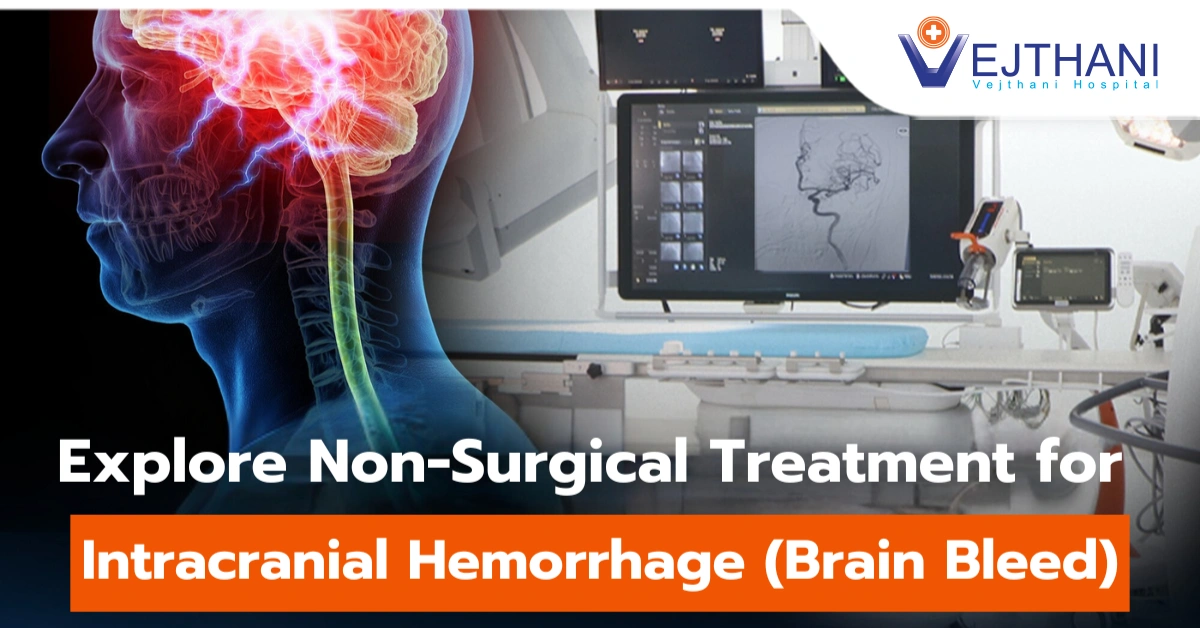
Castleman disease
Overview
Castleman disease is an uncommon illnesses characterized by a hyperactive immune system. Typically, the immune system is activated to combat foreign invaders such as bacteria or viruses, but subsequently, it returns to a state of surveillance and readiness for the next encounter. In the case of Castleman disease, however, the immune system remains constantly stimulated, leading to a sustained state of hyper-inflammation that may damage different organs and could potentially result in death.
Castleman disease is a medical condition characterized by the enlargement of one or multiple lymph nodes. However, the condition is not limited to the mere enlargement of lymph nodes. Upon examining a biopsy of the lymph node tissue under a microscope or using different staining techniques, doctors can observe distinct changes in the tissue.
Castleman disease is currently characterized as unicentric or multicentric depending on the number of swollen lymph nodes in each region of the body.
Unicentric Castleman disease (UCD) affects a single lymph node, generally in the chest or belly. Multicentric Castleman disease (MCD) affects several lymph nodes across the body. It has three types: the HHV-8-associated MCD, idiopathic MCD, and POEMS-associated MCD.
The identification of whether Castleman disease is unicentric or multicentric is vital for guiding the treatment approach. Unicentric Castleman disease is frequently treatable with surgery. The treatment for multicentric Castleman disease usually relies on the classification and severity of the MCD.
Symptoms
The signs and symptoms of Castleman disease differ according to the type. Some cases of unicentric Castleman disease may have signs and symptoms similar to those found in multicentric Castleman disease. However, most cases of unicentric Castleman disease does not exhibit symptoms. The diagnosis of the condition is typically incidental, either during a routine physical examination or while performing imaging tests for another purpose.
Symptoms may emerge as a result of an enlarged lymph node putting pressure on a surrounding organ. MCD is far more likely to result in observable changes. The most common locations for swollen lymph nodes in MCD are the neck, collarbone, underarm, and groin. The symptoms may include:
- Fever
- Sweating at night
- Unexplained weight loss
- Severe exhaustion
- Enlarged liver or spleen
- Vomiting and nausea
- Numbness in the hands and feet
- Feet and ankles swelling
- Swelling in abdomen
- Anemia
It is advisable to seek medical attention if any of the symptoms persist, especially if accompanied by chest or abdominal discomfort, fever, fatigue, or unexplained weight loss. If a lump is noticed on the side of the neck, underarm, collarbone, or groin, seeking medical attention is also essential.
Symptoms of Castleman disease often share similarities with those of other more prevalent conditions. Therefore, the doctor may need to evaluate and eliminate other illnesses that could potentially be the cause of the symptoms.
Causes
Castleman disease has no definite cause. Researchers are looking into additional infections, gene mutations, and autoimmune reactions as possible causes of UCD and MCD.
To date, research shows that HHV-8 infection has been linked to MCD. If a person has HIV or another condition that makes it difficult for the immune system to fight the HHV-8 virus, one is more likely to develop HHV-8-associated MCD. According to studies, HHV-8 is present in almost all HIV-positive Castleman disease patients and in less than half of HIV-negative Castleman disease patients.
Risk factors
There are no known risk factors for either UCD or MCD. Anyone can be affected by Castleman disease. The multicentric type of Castleman disease is more commonly diagnosed in males or individuals assigned male at birth compared to females. Those in their 30s and 40s are more likely to be diagnosed with UCD. MCD is more common among persons in their 50s and 60s.
Individuals who have HIV or have a weaker immune system are at a higher risk of acquiring HHV-8-associated MCD.























